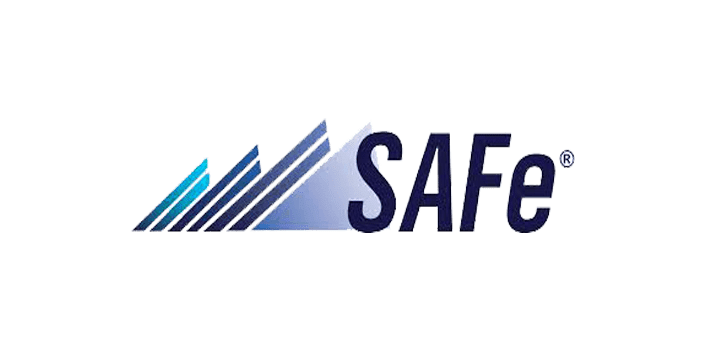The Role of SAFe in Strengthening Agile Practices for Teams

Organizations must regularly review whether they are delivering value while remaining agile. To do so, they often use SAFe principles to ensure their agile practices remain strong. The SAFe framework is a set of integrated principles that allow organizations to implement agile practices and address the challenges many large organizations face.
Understanding SAFe
SAFe is the acronym for Scaled Agile Framework. Companies use this systematic approach to provide value consistently because SAFe for Teams ensures delivery and quality consistency across multiple teams. Using this approach, teams can scale challenges and meet the demands of digital transformation.
Why SAFe?
Several agile frameworks exist, leaving companies to wonder which is the best. SAFe allows teams to balance flexibility and structure because it clearly guides them through the steps they need to take while being adaptable to various organizational contexts. Teams use SAFe principles to transform their enterprises.
SAFe Principles
Teams must focus on the economic consequences of each decision and apply systemic thinking. Silos cannot exist in this framework, as silos prevent teams from seeing how their choices impact downstream processes. Each team must manage variability and preserve options until a final decision is made. Building incrementally and using rapid feedback loops lowers defect rates while improving customer satisfaction.
Objective evaluations contribute to project success. Work-in-progress must be limited, and visual tools help with this goal. They minimize team burnout while increasing throughput. Regular rhythms are needed for coordinated delivery, and teams must have autonomy and purpose so they are driven to improve their performance and continue to project goals. Decision-making needs to be handled by front-line teams rather than organizational leads, and all teams must be organized around customer value streams to improve delivery speed and drive customer satisfaction.
Implementing SAFe Principles
Organizations must be structured and flexible when implementing these principles. A dedicated transformation team is needed to guide the process and identify value streams. Resistance to change remains a concern, so the transformation team must hold hands-on workshops and training sessions to build excitement and buy-in. Organizations find that having a change agent in each department increases adoption rates.
Key personnel must be properly trained and certified to share the principles with others. The transformation team needs clear metrics to measure success, and feedback loops are necessary to improve the process continuously. This team must focus equally on cultural transformation and technical practices for a successful implementation.
Driven By Data
Every company must measure its efforts to ensure the implementation is proceeding properly. A multi-layered system helps identify leading and lagging indicators. The company must know which metrics align with its strategic objectives and use those. It should focus on quality metrics, team engagement, value delivery, and delivery predictability.
KPIs it might use include program predictability, team velocity, and cycle time. The measurement should provide actionable insights to improve the process. As it progresses, these measurement systems must evolve to maintain momentum and make the measurements meaningful and relevant. They must be qualitative and quantitative.
SAFe is extremely effective across multiple sectors. Manufacturing, technology, and government are a few that use this framework successfully. It works in remote and hybrid work environments as well as conventional ones. Organizations find they can successfully integrate SAFe with other frameworks to drive organizational change. When fully implemented, the framework aligns organizations around value delivery while ensuring it remains adaptable, which is essential in today’s competitive marketplace.




